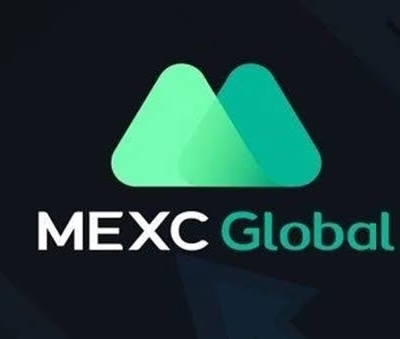Two Ethereum Genesis Wallets Reactivate After Nearly a Decade, Moving $2.9M in ETH
Two Ethereum genesis wallets, dormant for almost ten years, suddenly sprang to life on Monday, transferring a combined 1,140 ETH valued at approximately $2.9 million. The reactivation of these long-inactive wallets marks another notable event in the ongoing trend of legacy crypto holders returning to activity.
Dormant Since Ethereum’s Launch in 2015
The wallets — identifiable by addresses starting with “0x27” and “0x7f” — were originally created on July 30, 2015, the day Ethereum’s mainnet officially launched under the codename “Frontier.” This phase marked the beginning of Ethereum’s journey as a proof-of-work (PoW) blockchain.
Both wallets received their ETH from “GENESIS” transactions, as recorded on Etherscan, confirming that the coins were part of the original distribution during Ethereum’s birth. Since then, the ETH in these wallets had remained untouched — until this week.
A 90,000% Price Appreciation
According to TradingView, Ether (ETH) has increased in value by approximately 89,450% since these genesis wallets were first funded in 2015. At that time, ETH traded at less than $1, compared to its current price of around $2,540, as per CoinMarketCap data.
The sudden movement of such early holdings has intrigued market observers and highlights the potential influence that long-term holders — often referred to as crypto whales — may exert on the market.
Part of a Broader Trend: Dormant Wallets Awakening
This incident follows a broader trend in 2024, in which dormant whale wallets — both Bitcoin and Ethereum — have reactivated after years of inactivity:
-
Last Friday, three Bitcoin wallets dormant for 14 years moved billions of dollars worth of BTC.
-
In earlier months, several Satoshi-era Bitcoin wallets also resumed activity, transferring coins worth over $44 million at the time.
These awakenings have prompted speculation about early adopters redistributing wealth, liquidating holdings, or securing assets amid evolving regulations and technologies.
Ethereum’s Evolution and Recent Upgrades
Ethereum has undergone significant transformations since its inception. In September 2022, the network completed its landmark transition to proof-of-stake (PoS) during The Merge, drastically reducing energy consumption and shifting away from traditional mining.
Its most recent major upgrade, known as Pectra, was activated on May 7, 2025. This upgrade introduced several enhancements to the Ethereum ecosystem:
-
Smart accounts for more flexible wallet functions
-
Improved scalability through optimized data structures
-
Higher staking limits, increasing validator capacity and network decentralization
Since the Pectra upgrade, ETH has climbed from $1,812 to around $2,540, reflecting renewed market optimism.
Looking Ahead: Gas Cap Proposal to Improve Efficiency
On Sunday, Ethereum co-founder Vitalik Buterin and Ethereum researcher Toni Wahrstätter introduced a new gas cap proposal. The plan aims to impose a 16.77 million gas limit per transaction, which would:
-
Improve network resilience against denial-of-service (DoS) attacks
-
Provide predictability in transaction costs
-
Enhance overall network stability and performance
According to the proposal’s authors, implementing this limit would make Ethereum more secure and efficient as it continues to scale for mainstream adoption.
The reactivation of these genesis wallets serves as a powerful reminder of Ethereum’s long-term growth and the evolving behavior of its early adopters. With major upgrades rolling out and dormant assets returning to circulation, Ethereum’s dynamic ecosystem continues to draw the attention of investors, developers, and regulators alike.












